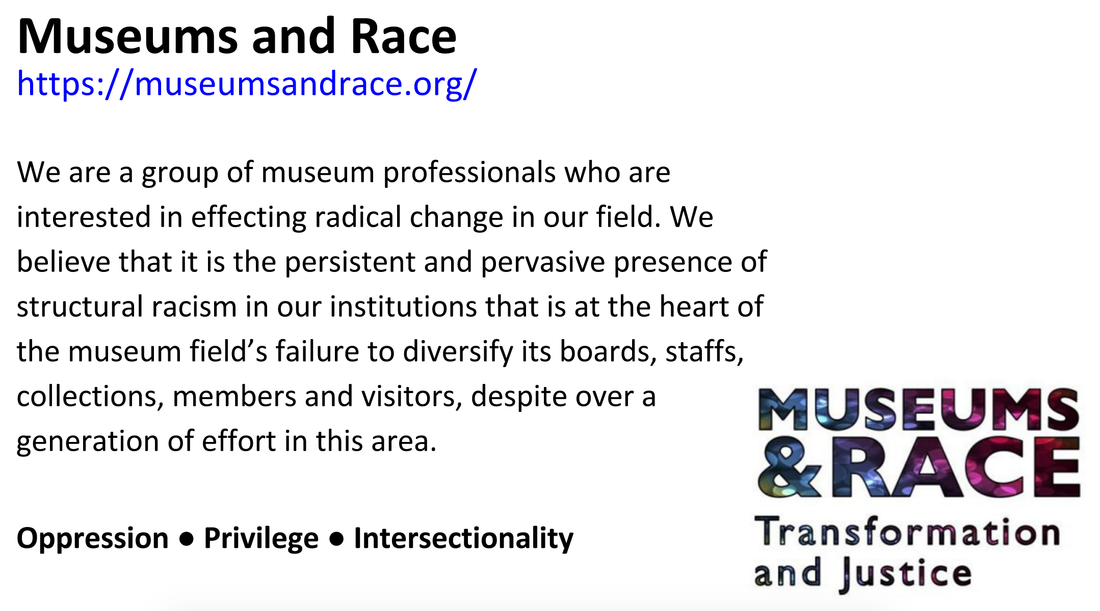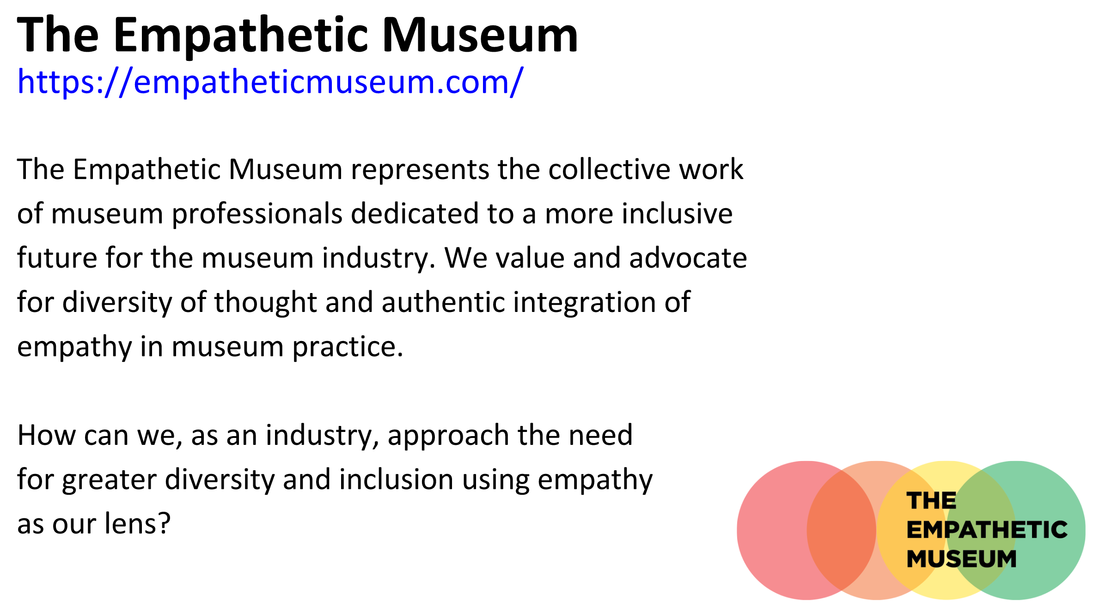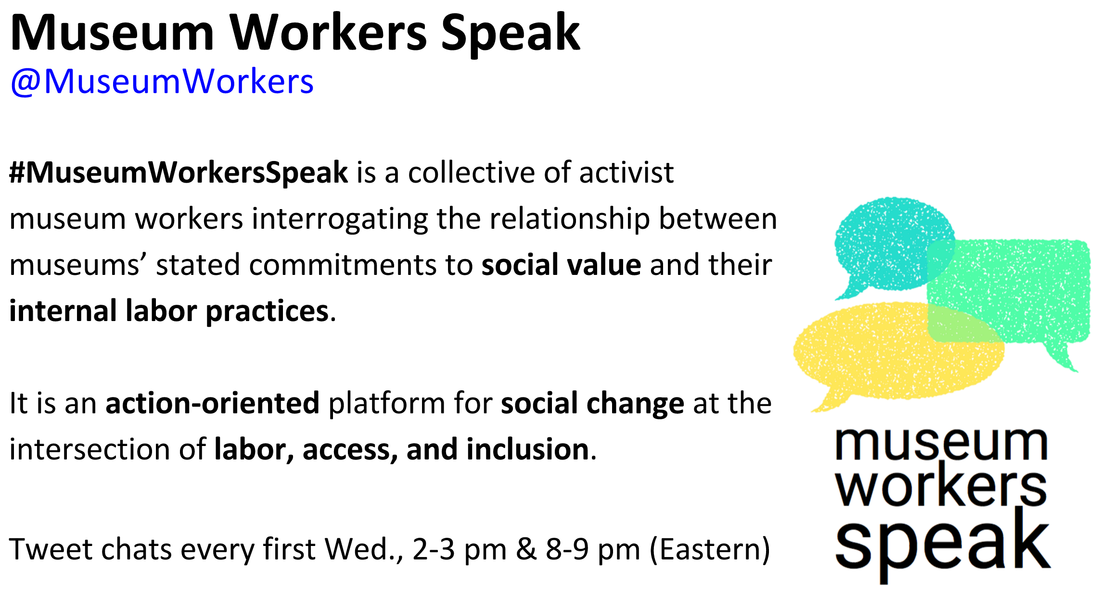This session was the Empathetic Museum group’s first public presentation based on the Maturity Model developed over the past year. The session was part of a larger effort—The Gathering for Transformation and Justice—organized by the Museums and Race initiative (www.museumsandrace.org) and partners. Held during the American Alliance of Museums Annual Meeting in Washington, DC over the Memorial Day weekend, the Gathering hosted a series of critical dialogues about racism, oppression, and economic injustice in the museum field.
The Empathetic Museum and Museum Workers Speak facilitated the third session of the afternoon: a workshop to introduce, examine, and evaluate the Empathetic Museum Maturity Model: A Model for Inner Transformation of Museum Structures. Our goals were:
- To build awareness of the Empathetic Museum concept
- To test the model as a tool for both critiquing and changing institutional practice
- To obtain feedback for making the model more useful to the field
Participants selected discussion groups organized around four key characteristics highlighted in the Maturity Model: Civic Vision, Institutional Body Language, Community Resonance, and Timeliness & Sustainability. Each group sat at a table led by two facilitators—one from the Empathetic Museum and one from Museum Workers Speak. The session began with an introductory presentation by Gretchen Jennings, Janeen Bryant, and Alyssa Greenberg, providing background on the model and workshop, and setting the tone for a respectful and frank conversation.
Following are a list of major takeaways from these facilitated discussions. Each table discussed their characteristic’s applications to real-life institutional experiences, and evaluated the model in its current form.
Civic Vision
Key discussion points
Institutional Body Language
Key discussion points
Community Resonance
Key discussion points
Timeliness & Sustainability
Key discussion points
Common themes across groups
We thank all the participants for their willingness to share and engage on these challenging questions and issues, and look forward to a continued dialogue about the role of empathy in helping our institutions address economic injustice, racism, and privilege. We hope to build a broad community of practice, and encourage any interested readers to reach out with questions and suggestions.
Civic Vision
Key discussion points
- Need to be aware of bi-directional connections between workplace/community silos, limited resources, and community relationships
- Important to build multicultural and intersectional programs
- Important to step outside of “traditional” museum events and programs
- Essential to co-create/co-curate with communities and other institutions & to prioritize resources for civic aims
- Important to assess civic needs and match them to an institution’s mission
- How can museums inspire their communities to support the institution’s civic role?
- How can museums extend their civic vision beyond the physical museum and immediate community?
- Could the lowest level of maturity—the “Regressive” category—be less negatively named, e.g. “Basic”?
- Could categories be conceptualized as stages without specific value judgments?
- Some found the language of an “anchor” institution to evoke dominance rather than leadership, e.g. a large “anchor” store in a shopping mall.
- Some were confused by the maturity level "Planned" and suggested "Intentional" as a synonym.
- Some questioned the applicability of the model to archives, and also spent time unpacking the term “anchor,” questioning whether it actually applies to museums at all.
Institutional Body Language
Key discussion points
- Important to align stated goals with institutional body language at multiple levels of operation, including front-line staff, leadership and governance, physical space, workplace practice, diverse hiring, respect for the community, and mission.
- The sustainability of good institutional practice is a value, including the importance of budgeting for these initiatives.
- Museum directors are key players in the process, and engaging and influencing directors can be a challenge. The group discussed strategies for beginning the conversation with colleagues.
- The role of front-line staff and security guards is extremely important. These staff are highly public facing and can greatly shape the experience and degree of comfort felt by visitors of color.
- Important to reduce hierarchies and enhance empathy between departments. Having admin staff take on front-line staff responsibilities was offered as an example of empathetic practice.
- Does the language “levels of leadership” capture all staff?
- There is a lack of influence of employees at lower levels of the hierarchy.
- The idea of “cultural competency” is important in truly empathetic and diverse museum workplaces; the model should better reflect this challenge.
- Can the model be applied to institutions outside traditional museums—such as partner institutions?
Community Resonance
Key discussion points
- Important to build trust with communities, to be candid about institutional history and funding, and to promote shared authority and community leadership.
- Concerns were expressed over the use of easy “check boxes” to understand a community’s needs, self-congratulation without real impact, and the pushback created by a fear of being “political” or of upsetting visitors.
- Participants highlighted the inherently political nature of race and of remaining silent on difficult issues.
- Money emerged as an essential component of addressing difficult issues in the museum and for motivating change.
- Follow through also came up; museums often engage communities, but then ignore their input during implementation.
- Cultural appropriation was also discussed as a pitfall to avoid. Museums should adapt to communities and employees of color, not the other way around; this includes adapting subject content to reflect diverse employees’ expertise and community interest.
- The rubric critique problematized the word “relevance” and whether it is museum or community defined.
- The model lacks discussion of budget, which is very important.
- Other critiques centered on improving the structure of the model to make it more user-friendly and evaluative.
Timeliness & Sustainability
Key discussion points
- Reciprocity and budget protection for timely response are critical.
- Timeliness should not be confused with speed; responses should be nuanced. The role of staff and leadership in moving this work forward was discussed and emphasized.
- Like the Community Resonance group, this conversation addressed the challenge of taking on projects perceived as political, and discussed the challenges of prioritizing timely responses with limited resources and numerous issues to address.
- This group questioned the rubric’s assumption that one-off empathetic responses are not impactful.
- Need more focused discussion of labor issues within the rubric.
Common themes across groups
- The crucial role of leadership and resources in advancing institutional practice to higher levels of maturity within the model
- The challenges of building trust with communities, incorporating community input in meaningful ways, and overcoming the fear of being political
- Critiques of the rubric addressed key gaps in content and sought to make the language more empathetic and concrete.
We thank all the participants for their willingness to share and engage on these challenging questions and issues, and look forward to a continued dialogue about the role of empathy in helping our institutions address economic injustice, racism, and privilege. We hope to build a broad community of practice, and encourage any interested readers to reach out with questions and suggestions.




 RSS Feed
RSS Feed
